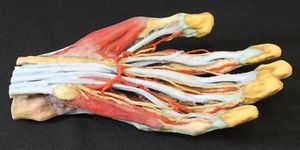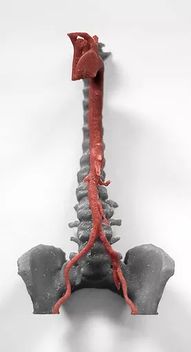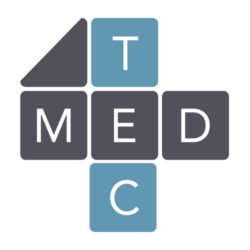Project Week 25/Slicer and 3D Printing
From NAMIC Wiki
Home < Project Week 25 < Slicer and 3D Printing
Back to Projects List
Key Investigators
- Juan Ruiz Alzola (University of Las Palmas de Gran Canaria, Spain)
- Michael Halle (Brigham and Women's Hospital, Harvard Medical School, USA)
- Christian Hansen (University of Magdeburg, Germany)
- Nayra Pumar Carreras (University of Las Palmas de Gran Canaria, Spain)
Project Description
From DICOM data to a 3D print of anatomical models for training: anatomy classes and/or surgical planning
| Objective | Approach and Plan | Progress and Next Steps |
|---|---|---|
|
|
|
Illustrations
Background and References
Possible application areas / IDEAS
- Life size models of different anatomical structures: normal and pathological
- Create life like models, that provide a sensorial feeling as close as the "organic" have


